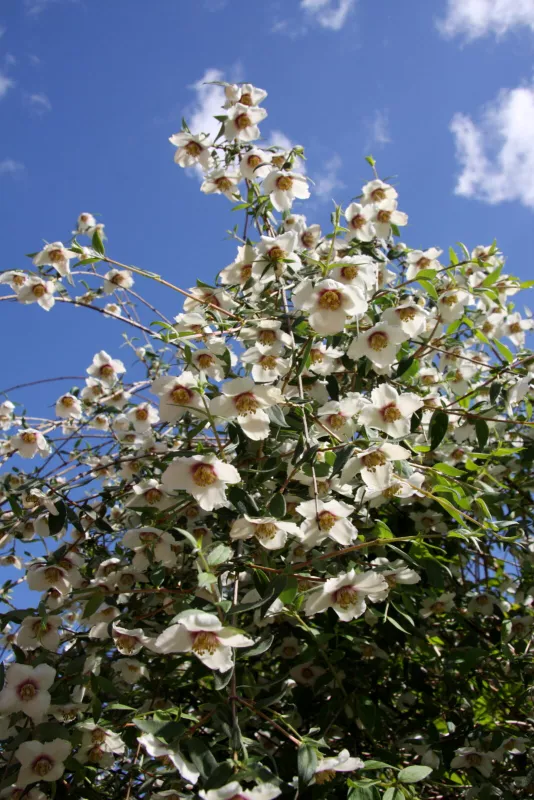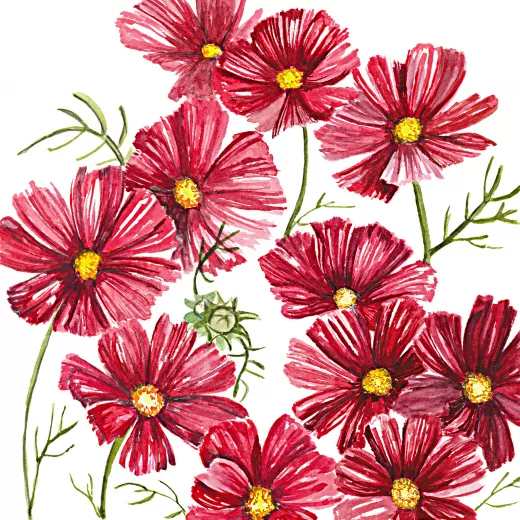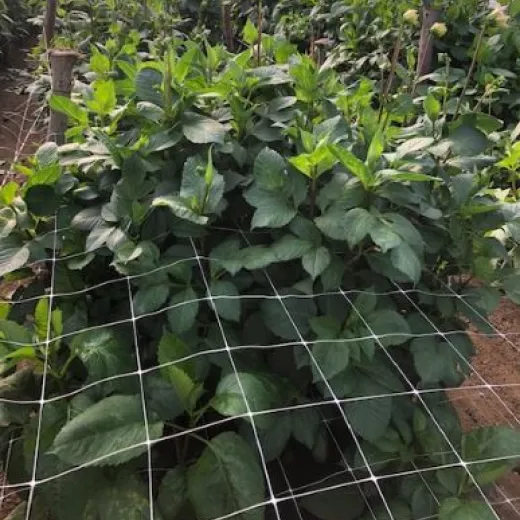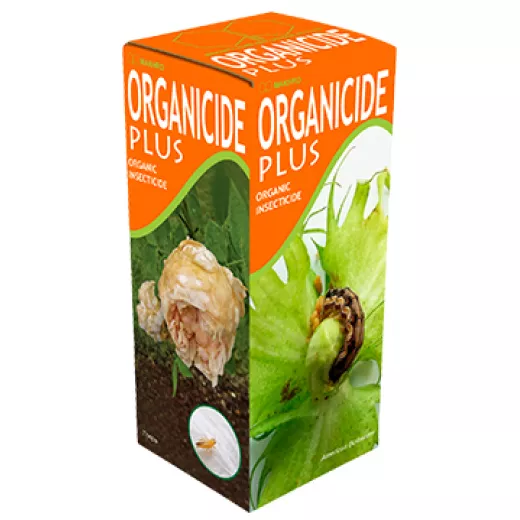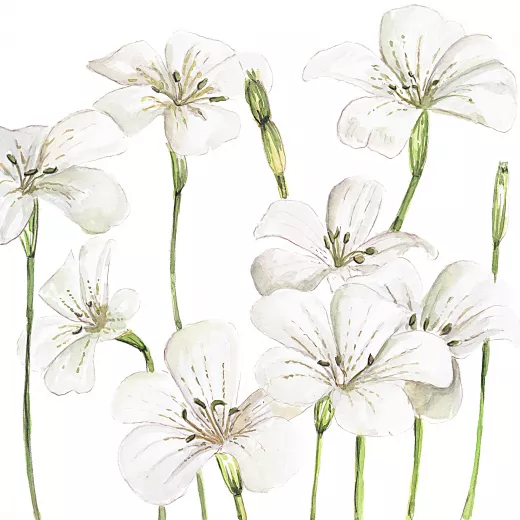Quick Facts
| Flower Type | Philadelphus Maculatus Mexican Jewel |
|---|---|
| Flower Colour | White Blooms with Purple |
| Planting Time | Refer to Top Tips Field for more Information |
| Watering | Moderate Watering. Requires Regular Watering |
| Life Cycle | Perennial |
Philadelphus Maculatus Mexican Jewel: 14cm Plant
The Philadelphus coronarius, a graceful deciduous shrub, boasts a luxuriant, rounded growth habit that adds a touch of elegance to any landscape. Adorned with oval, serrated, deep green leaves, this botanical gem showcases its splendour with an extravagant display of showy, cup-shaped flowers in the late spring and early summer. As the seasons unfold, it reveals its artistry through the unfurling of delicate, four-petal blooms, creating a spectacle of natural beauty. The lush foliage and intricate floral arrangement harmonize seamlessly, casting a verdant and fragrant allure upon its surroundings.
The Philadelphus coronarius, with its captivating form and enchanting blossoms, stands as a testament to nature's craftsmanship, making it a prized addition to gardens seeking both grace and vitality.
Coordination of Logistics for PayFast Orders:
For your convenience, we invite you to stay in direct contact with Marisa through WhatsApp. This will allow you to receive real-time updates on the status of your order and address any specific concerns you may have. You can reach her on the following number: 074 228 2444.
Thank you for choosing Adene Flowers. We look forward to fulfilling your order with the utmost care and attention.
| Flower Type |
Philadelphus Maculatus Mexican Jewel
|
|---|---|
| Flower Colour |
White Blooms with Purple
|
| Flower Size |
1cm - 4cm
|
| Plant Height |
3 meters+
|
| Light Preferences |
Full Sun to Part Shade
|
| Plant Spacing |
1 meter – 1.5 meters
|
| Life Cycle |
Perennial
|
| Flowering Time |
Spring (Late) - Summer (Early)
|
| Pinch |
Cutting back some of the older growth to new shoots lower down a branch, and by thinning out from the base, removing a few of the older stems entirely (limit yourself to removing one in five each year).
|
| Planting Time |
Refer to Top Tips Field for more Information
|
| Watering |
Moderate Watering. Requires Regular Watering
|
| Fertilizing |
Fertilize monthly during the growing sesaon.
|
| Top Tips |
Planting Time:
For optimal success, it is advisable to plant during the fall season. This strategic timing allows the shrubs to establish their roots effectively before the onset of winter. By planting in the fall, they can take advantage of the milder temperatures and ample soil moisture, promoting robust root development and overall plant acclimatization. This thoughtful approach enhances their resilience and readiness to thrive when spring arrives, ensuring a strong foundation for the beautiful and fragrant display of cup-shaped flowers that characterizes Philadelphus coronarius in late spring and early summer. Philadelphus, commonly known as mock orange, is a beautiful and fragrant shrub that can enhance your garden. Here are some top tips for growing Philadelphus: Sunlight: Philadelphus prefers full sun to light shade. Ensure it receives at least 6 hours of direct sunlight each day for optimal growth and abundant flowering. Soil: Plant in well-draining soil that is rich in organic matter. While they can tolerate various soil types, a slightly acidic to neutral pH is ideal. If your soil is heavy or poorly draining, consider amending it with organic matter to improve drainage. Watering: Water your Philadelphus regularly, especially during dry spells. While they are somewhat drought-tolerant once established, consistent moisture is crucial, particularly during the growing season. Water deeply, allowing the top inch of soil to dry out between waterings. Pruning: Benefits from regular pruning to maintain a neat shape and encourage flowering. Prune after the plant has finished blooming, typically in late spring or early summer. Remove dead or diseased branches and shape the plant as desired. Fertilizing: While not excessively demanding, Philadelphus can benefit from a balanced, slow-release fertilizer applied in early spring. Avoid over-fertilizing, as this may result in excessive foliage growth at the expense of flowers. Pest and Disease Management: Keep an eye out for common pests like aphids or spider mites. Regularly inspect your plant for signs of diseases such as powdery mildew. Treat any issues promptly with appropriate pesticides or fungicides. Winter Care: Generally hardy, but in colder climates, consider providing a layer of mulch around the base to protect the roots from extreme cold and fluctuations in temperature. Spacing: When planting multiple Philadelphus shrubs, ensure proper spacing to allow for good air circulation. This helps prevent the development of fungal diseases and promotes overall plant health. |
